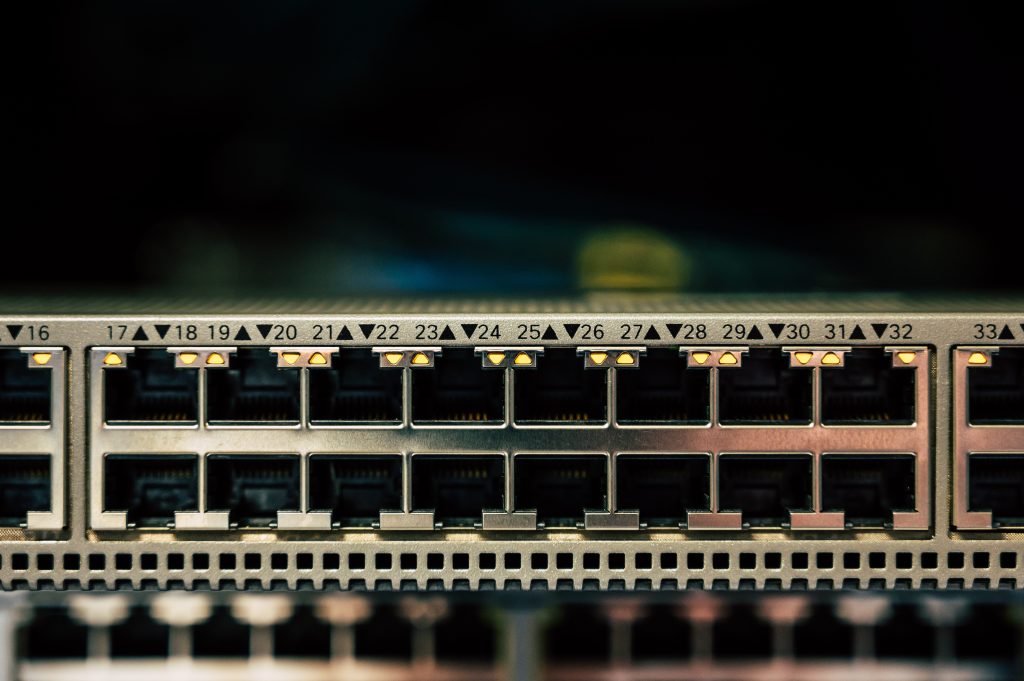
Network Design & Consulting
Our Scalable, redundant network design to cater FTTH, Docsis, CGNAT and Enterprise Network requirements.
- Design scalability and redundancy are paramount for building an effective, reliable network to service FTTH, Docsis, CGNAT and Enterprise Network requirements. FTTH (Fiber To The Home) ensures that fiber optics-based services can be delivered to consumers right at the source, facilitating high speed internet. Docsis technology uses cable television networks to send data to millions of customers simultaneously with high-speed modems plugged into their systems. As for CGNAT (Carrier Grade Network Address Translation), this is a method used by ISPs to allow all their customers to share a limited public IP address to optimize their reserved public IP Space. A properly designed network must effectively support these FTTH, Docsis, CGNAT, and Enterprise Network requirements.
Our MEF based solutions for Enterprise customers that guarantees triple nine availability and RFC standard delivery.
- Enterprises are in need of efficient solutions to ensure their customer data is both secure and highly available. MEF based solutions provide just that, satisfying the high demand for such service from the customer base. These solutions guarantee High Availability by providing a 99.999% uptime promise and offer RFC Standard Delivery without compromising network performance. This combination of features make this powerful solution ideal for enterprise customers who want to stay competitive in the ever-changing business landscape.
Our Effective routing and switching techniques that provides robust and resilient Network.
- Routing and switching techniques play an incredibly important role in ensuring the effective functioning of a network. Routing directs data from one device to another and can be done in various ways, such as using static routing or dynamic routing protocols. Switching is concerned with selecting which paths should be used for data to be transmitted, providing greater control over how data moves within a larger network. By utilizing these technologies together, organizations can achieve a more secure and resilient network that can manage data packets quickly and efficiently. With the right routing policies and switching techniques in place, companies will benefit greatly by having a reliable structure with increased performance and reliability.
